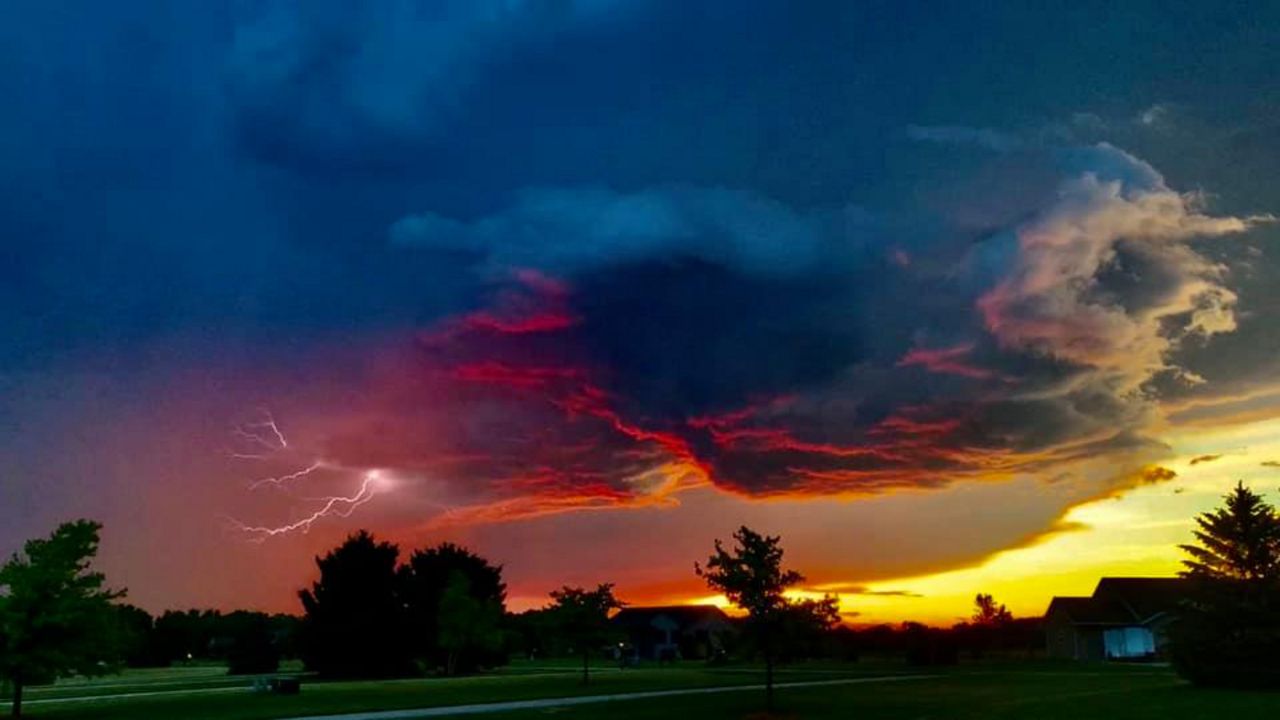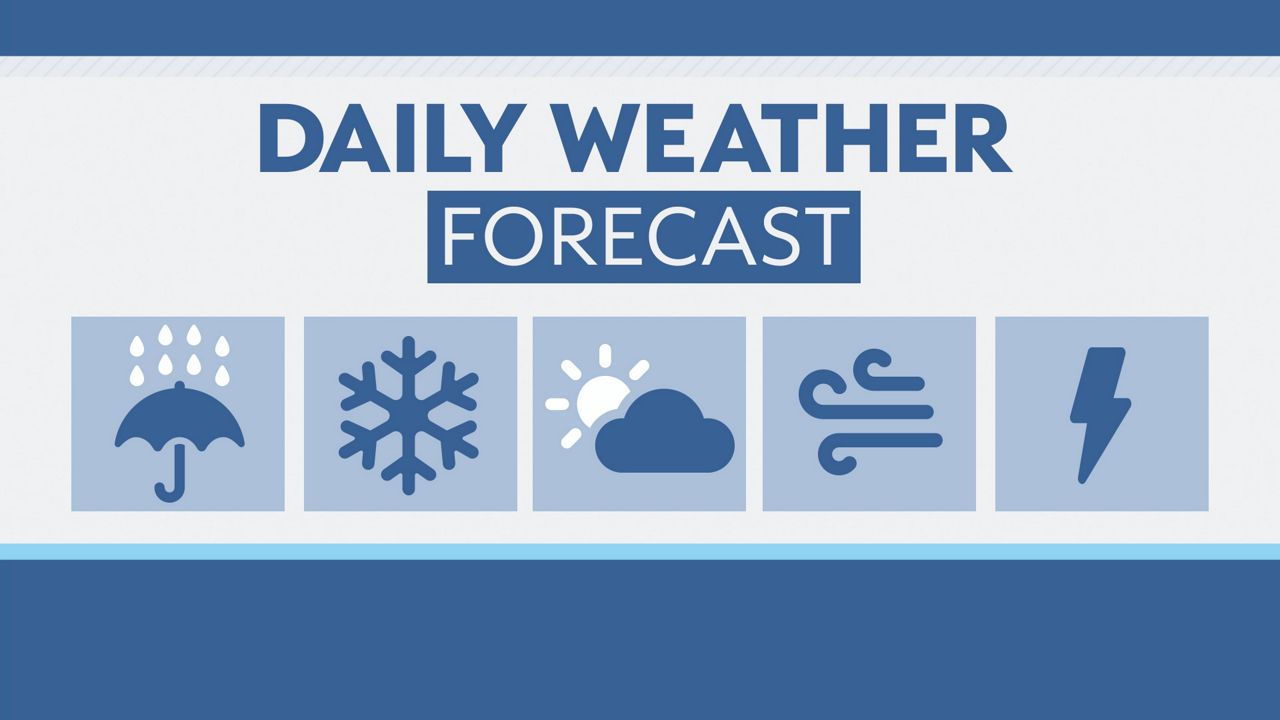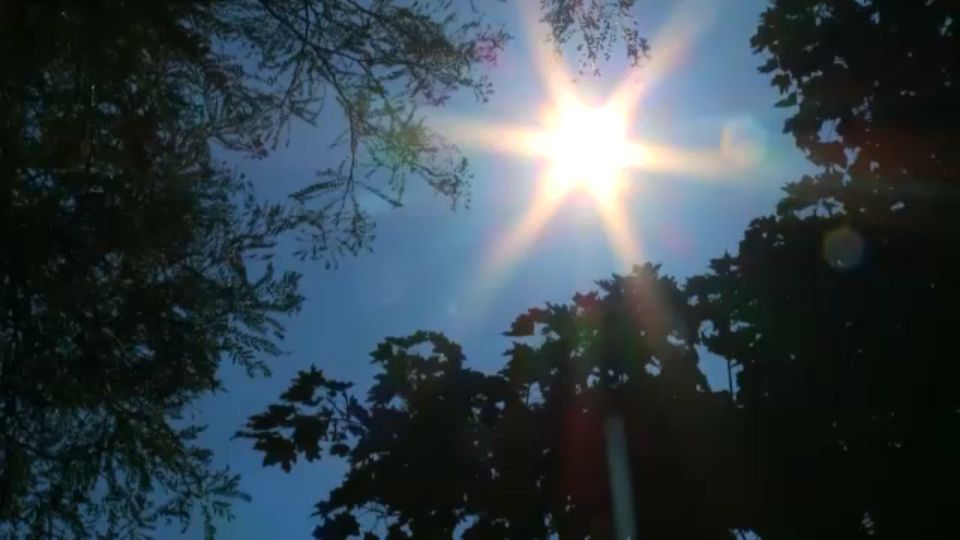"Satan’s Storm" was unlike any other weather event in Texas history. This type of storm is rare because it demands very specific and unusual atmospheric conditions and they must all converge at the same time.
What You Need To Know
- A heat burst is a rapidly descending column of air
- This extremely hot and dry air can remain in place for several hours
- The heat from that night exceeded the highest official temperature recorded on Earth until then
Texans are no strangers to heat. To survive and thrive in Texas, you must be able to cope with countless triple-digit days each year.
So, knowing that residents of this small town dubbed their heat burst event on June 15, 1960, “Satan’s Storm” should put it into perspective just how traumatic that night was to live through.
Late that night, a complex of summer storms was raging through the area. As this very large and mature system rounded closer to town, this powerful storm encountered rapid deamplification because of a collision with drier air aloft.
Normally, rain that encounters very dry air will cool through latent heat absorption. In this specific case, all the precipitation that cooled the air aloft was vaporized as it hit that dry air very high aloft. Suddenly, it was much more dense than the surrounding air, so it rapidly fell and sped toward the surface at almost 80 mph.
Heat bursts are rare and they require very specific atmospheric conditions, and unfortunately they all aligned on this mid-summer night in Central Texas.
Shortly after midnight, this column of air plummeted rapidly, warming at a dry adiabatic lapse rate compression and hit the ground as a superheated wind at 140 degrees Fahrenheit.
The temperature spiked, the dew point plummeted and boiling winds howled. Townspeople sprung from their beds, gasping in the sweltering heat. Panicking, they wrapped their children up in wet towels and bed sheets. It was so fiery hot, people thought it was the end of the world and it stayed that way for four hours.
Crops withered, and corn cooked on its stalks. Outside leaves were all shriveled up like they had been baked from the inside out. One farmer reported that 140 acres of his cotton burned to a state of crispiness. It’s also said that automobile radiators reached boiling point that night.
Luckily Kopperl, close to present day Lake Whitney, Texas, hasn’t seen history repeat itself in the 60-plus years since that faithful day and chances are, thankfully, they never will again.
Our team of meteorologists dives deep into the science of weather and breaks down timely weather data and information. To view more weather and climate stories, check out our weather blogs section.








